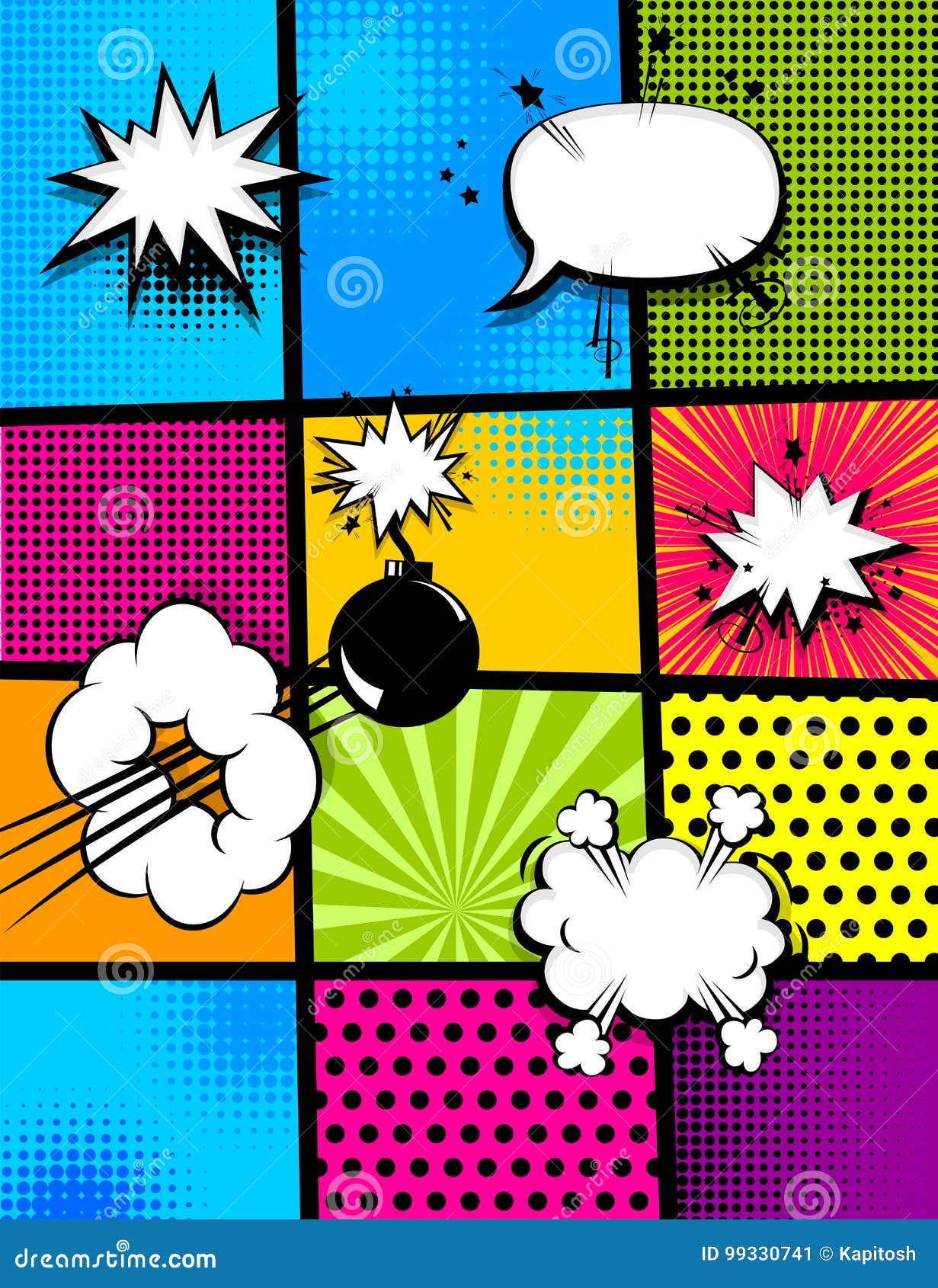

Comparing self- and other-reports ( N = 210) supported both convergent and discriminant validity. Exploratory and confirmatory factor analyses showed that the eight styles could be distinguished in both English- ( N = 303) and German-speaking samples ( N = 1018 and 368). Internal consistency was sufficiently high, and the median test-retest reliability over a period of 1–2 weeks was 0.86 ( N = 148). In different samples of altogether more than 1500 adult participants, the CSM was developed and evaluated with respect to internal consistency, homogeneity, test–retest reliability, factorial validity, and construct and criterion validity. Study 1 examines whether the eight styles can be distinguished empirically, in self- and other-reports, and in two languages. These styles were originally developed to describe literary work and are used here to describe individual differences. The present study introduces eight comic styles (i.e., fun, humor, nonsense, wit, irony, satire, sarcasm, and cynicism) and examines the validity of a set of 48 marker items for their assessment, the Comic Style Markers (CSM). 3Department of Psychology, Martin-Luther University Halle-Wittenberg, Halle, Germany.2Institute of Psychology, University of Wolverhampton, Wolverhampton, United Kingdom.


A story board is used to communicate how a scene will play out shot by shot and is often used for motion pictures, television, animation, commercials, pre-visualizations or interactive media. A storyboard is a graphic layout that sequences illustrations and images with the purpose of visually telling a story.


 0 kommentar(er)
0 kommentar(er)
